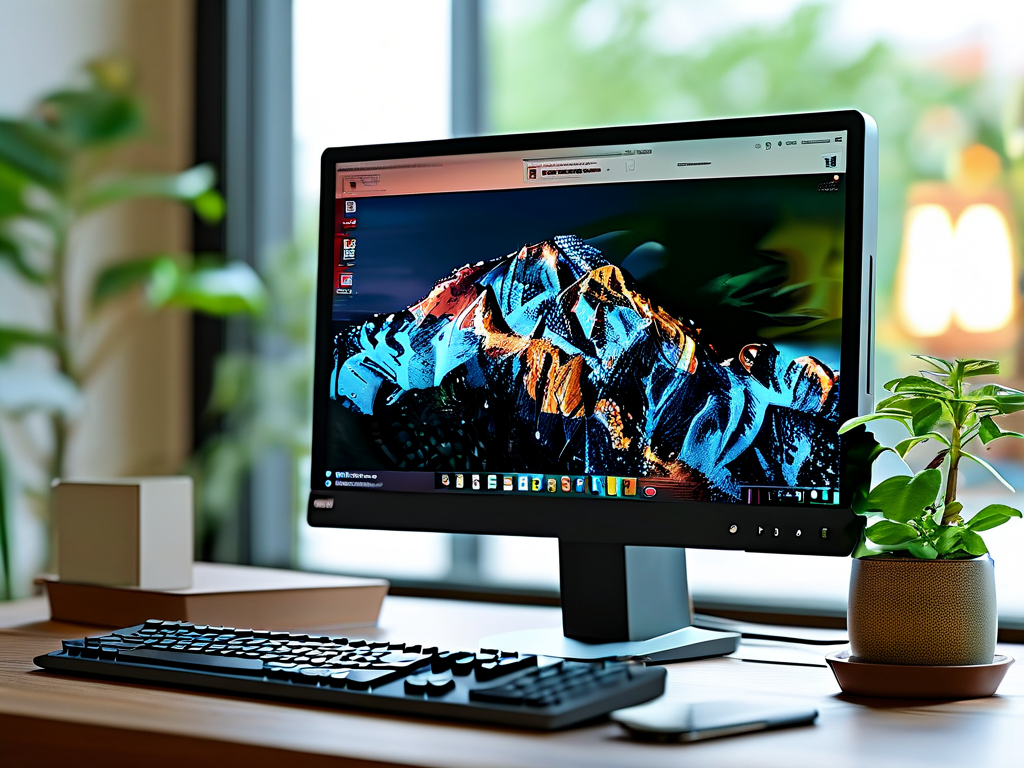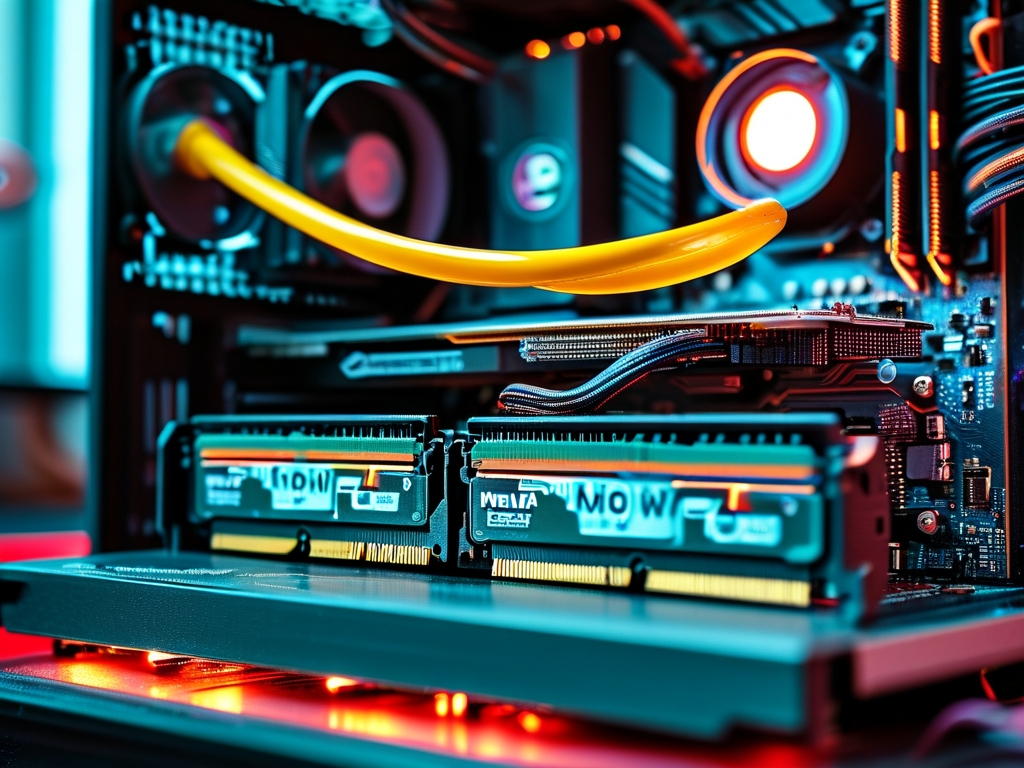Managing memory efficiently is crucial for maintaining optimal performance on HP computers. Whether you're using a high-end workstation or an everyday laptop, understanding memory allocation and optimization techniques can significantly enhance your device's responsiveness and multitasking capabilities. This guide explores practical methods to manage RAM effectively on HP systems while addressing common user scenarios.

Start by assessing your current memory usage through Windows Task Manager. Press Ctrl+Shift+Esc to view real-time RAM consumption under the "Performance" tab. HP users often discover background applications like preinstalled support assistants or trial software consuming unexpected resources. Identify non-essential processes through the "Startup" tab and disable automatic launches for programs not regularly used.
For systems with 8GB RAM or less, consider hardware upgrades. Most HP desktop models (Pavilion, Elite series) allow memory expansion via accessible DIMM slots. Laptop upgrades vary by model - consult HP's official compatibility checker at support.hp.com/memorytool before purchasing modules. When physically installing RAM, ground yourself to prevent electrostatic discharge and align notch positions carefully.
Software-based memory management proves equally important. HP Command Center (preinstalled on modern devices) offers performance profiles that adjust memory allocation priorities. Switch to "Performance Mode" when running memory-intensive applications like video editors, but revert to "Balanced Mode" for regular use to prevent unnecessary resource strain.
Advanced users can modify virtual memory settings through Control Panel > System > Advanced system settings. Set custom paging file sizes using this formula: Initial size = 1.5×physical RAM; Maximum size = 3×physical RAM. For example, an 8GB system would use 12288MB (8192×1.5) as initial and 24576MB as maximum.
Monitor memory leaks using HP's built-in diagnostic tools. Run "HP PC Hardware Diagnostics" (F2 during boot) to perform extensive memory tests. If recurring high usage occurs without active applications, check for driver conflicts through Device Manager, particularly with graphics drivers that share system memory.
Browser memory consumption frequently impacts HP users. Configure Chrome/Firefox to limit tab processes:
Windows Registry Editor: HKEY_LOCAL_MACHINE\SOFTWARE\Policies\Google\Chrome Create DWORD "TabFreezeEnabled" = 1
This automatically suspends inactive tabs, reducing RAM usage by up to 25%.
For creative professionals using HP ZBook workstations, allocate dedicated memory buffers within applications. Adobe Premiere Pro users should navigate to File > Project Settings > Memory to reserve specific RAM percentages for video rendering.
Implement periodic maintenance routines. Schedule weekly reboots to clear memory caches, and use HP Support Assistant's "Optimize" feature to automate cleanup tasks. Combine these practices with storage optimization – a nearly full SSD can increase memory paging activity by 15-20%.
When troubleshooting persistent memory issues, check BIOS settings. Some HP models reserve memory for hardware components:
- Reboot and press F10 to enter BIOS
- Navigate to System Configuration > Device Configurations
- Verify "Memory Overcommit" is disabled unless running virtualization software
Cloud-based solutions offer alternative approaches. HP Workwise (for enterprise devices) enables memory usage monitoring across networked computers, while consumer models benefit from Microsoft's OneDrive Files On-Demand feature to reduce local memory strain.
Remember that effective memory management combines hardware capabilities with software configurations. By implementing these strategies tailored for HP's ecosystem, users can extend device longevity and maintain consistent performance across professional and personal computing tasks. Always cross-reference specific procedures with your HP model's technical documentation for compatibility assurance.









